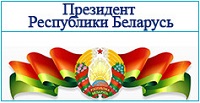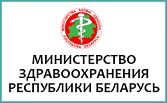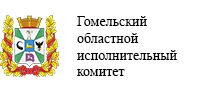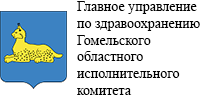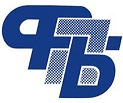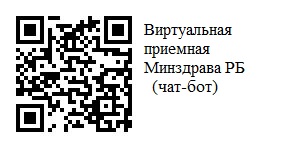The algorithm for examining risk groups
The project of the algorithm of the population survey of the Gomel region for the purpose of early diagnosis of lung cancer
At the first stage, it is necessary to form a risk group for developing lung cancer, which shows an in-depth examination.
Criteria for inclusion in risk groups are:
Persons aged 50-70 years for men, 40-60 for women, and having at least one of the following characteristics:
- Experience of smoking more than 15 years more than 15 cigarettes a day;
- The presence of chronic recurrent lung diseases in the anamnesis;
- Work in harmful production for more than 10 years;
- A history of tuberculosis;
- The presence of an anamnesis of lung cancer in close relatives.
The next stage after the allocation of risk groups proposed the following survey algorithm:
1. The annual mandatory radiographic or fluorographic examination according to the plans for general medical examination.
2. In the absence of clinical manifestations on the part of the organs of the broncho-pulmonary system, the absence of changes in the planned X-ray examination - fibrobronchoscopy and multislice computed tomography of the thorax organs in the planned order every 2 years.
3. In the absence of clinical manifestations and the presence of changes in the lungs during a planned X-ray examination - fibrobronchoscopy and multislice computed tomography of the chest organs, depending on the conclusion of the radiologist (ie, in the near future with suspicion of cancer, or in routine order).
4. In the presence of recurrent complaints from the side of the broncho-pulmonary system and the absence of changes in the radiographic examination - multislice computed tomography of the thorax organs in a planned manner.
5. In the presence of complaints from the bronchopulmonary system and changes in the X-ray examination - fibrobronchoscopy and multislice computed tomography of chest organs in terms of pre-examination are mandatory.
6. In the presence of clinical and roentgenological signs of cancer, light fibrobronchoscopy and multislice computed tomography of chest organs in the near future.

